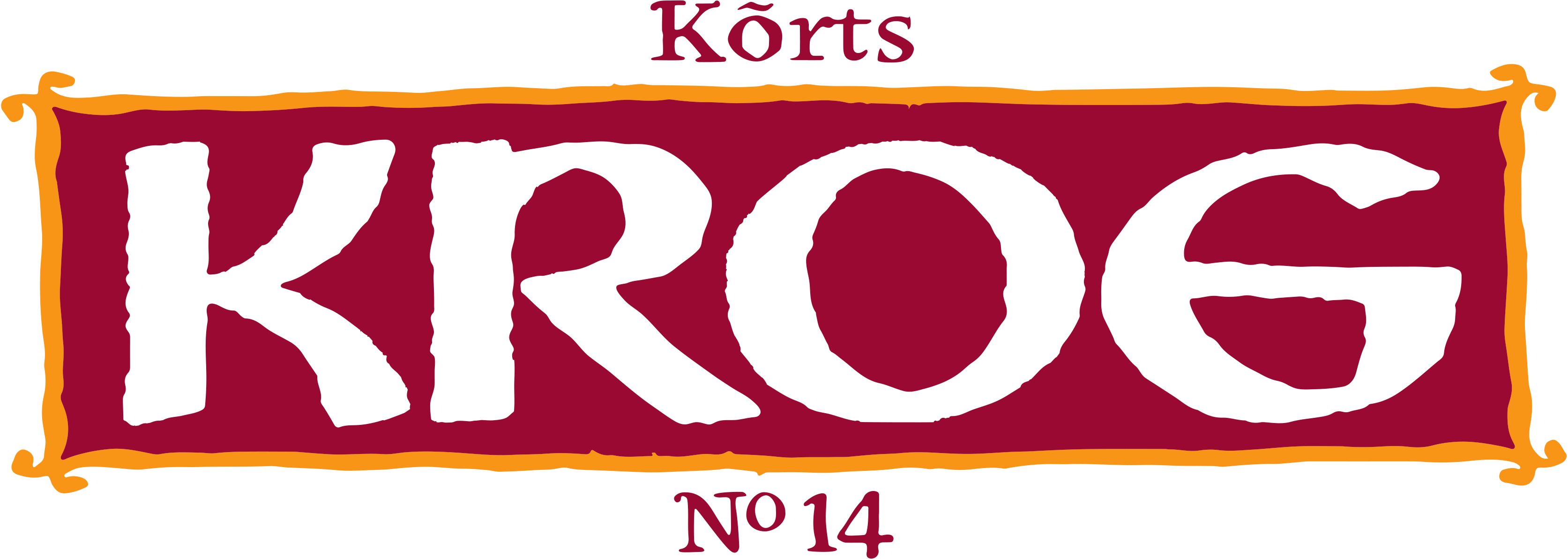History
At first, there was a winter road. It was used to get to the mainland from Hiiumaa crossing Vormsi and Harilaid on the way. This of course created quite a few pubs on the road, where the horses could get a rest and the horsemen grab a bite to eat. One of the first pubs they visited was on Harilaid, with only one household on the whole island. The master of the pub was Hari-Peeter, commonly known as Peeter Kimberg. He was a lighthouse keeper and barkeeper in one. But we’ll get to that at another time.
Because Vormsi is larger than Harilaid, it also had a lot more pubs. In the early days, only the Suuremõisa manor had the right to produce spirits and it had quite an efficient distillery. Because the Suuremõisa landowner was practical person, he chose one farm in each of the larger villages and gave them the right to sell the manor produced spirit. This created 13 different pubs including the manor itself. Most probably some of the pubkeepers had to have other jobs to get by, but the larger and richer pubs in Suuremõisa, Hullo and Söderby villages near the winter road, had quite the life.
After the arrival of missionary Österblom, quite a few changes took place in the everyday lifestyle of the locals. Among other things people started getting together in abstinence groups instead of pubs.
The building of Krog No.14 was built in 1892, at the same time as the Russian Orthodox church. It served as the pastoral building. Because the lifetime of the Russian Orthodox church in Vormsi was quite short, the building was used as a school up until the II World War. After the end of the war it was turned into a creamery and this lasted well after the end of the collective farm era. The butter produced in the Vormsi creamery was very tasty and much appreciated over Estonia. For some time in 2001, it was used to make cheese and thereafter the house stood empty for some years. Finally, in 2008, Krog No.14 was opened in the same house with the long history.



Vormsi is a special kind of an island. Beautiful and sunny, pristine, kind and with lots of bird song. It is a bit exotic with its distinct history and foreign village names, it has one of a kind mystery around it. Vormsi has this unexplainable, but sometimes clearly sensible, unattainable character. But once you get to experience this firsthand, it may change your perspective and make you feel right at home even after a brief stay.



Sorry, the comment form is closed at this time.